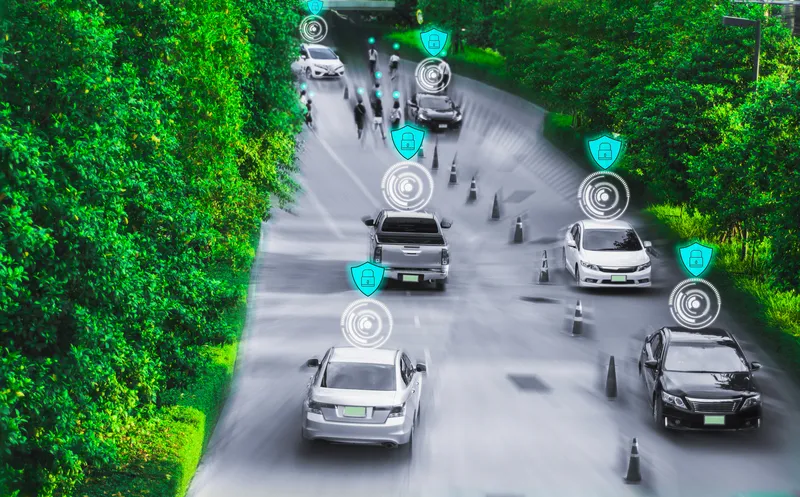
During the ITS World Congress this week in Melbourne,
Designed and manufactured at Bosch Australia’s Clayton headquarters, the vehicle is a result of the company’s belief that the future of mobility will be connected, electrified and automated.
The vehicle includes advanced human machine interface (HMI) technology that adjusts vehicle settings and monitors drivers for distractions.
It also communicates with other vehicles to automatically advise the driver regarding projected dangers such as road works, sudden changes in traffic conditions and unexpected obstacles.
The Victorian Government, through the Transport Accident Commission (TAC) has contributed $1.2 million to Bosch Australia’s automated driving program.
Bosch’s Mark Jackman believes the advent of highly automated driving will help reduce the road toll and bring a myriad of other benefits.
"More than 90% of all crashes are caused by human error, so projects like this are vital for the advancement of road safety,” he said. He predicted the future development of automated driving could follow this program:
Beginning in 2017: cars will be equipped with systems such as ‘integrated highway assist’, which will allow a car to travel by itself on the highway
By 2018: a ‘highway assist’ system will enable the car to change lanes by itself
By 2020: a ‘highway pilot’ will essentially take over all driving tasks
By 2025: an ‘auto pilot’ system will enable a car to drive from point A to point B without human involvement.









